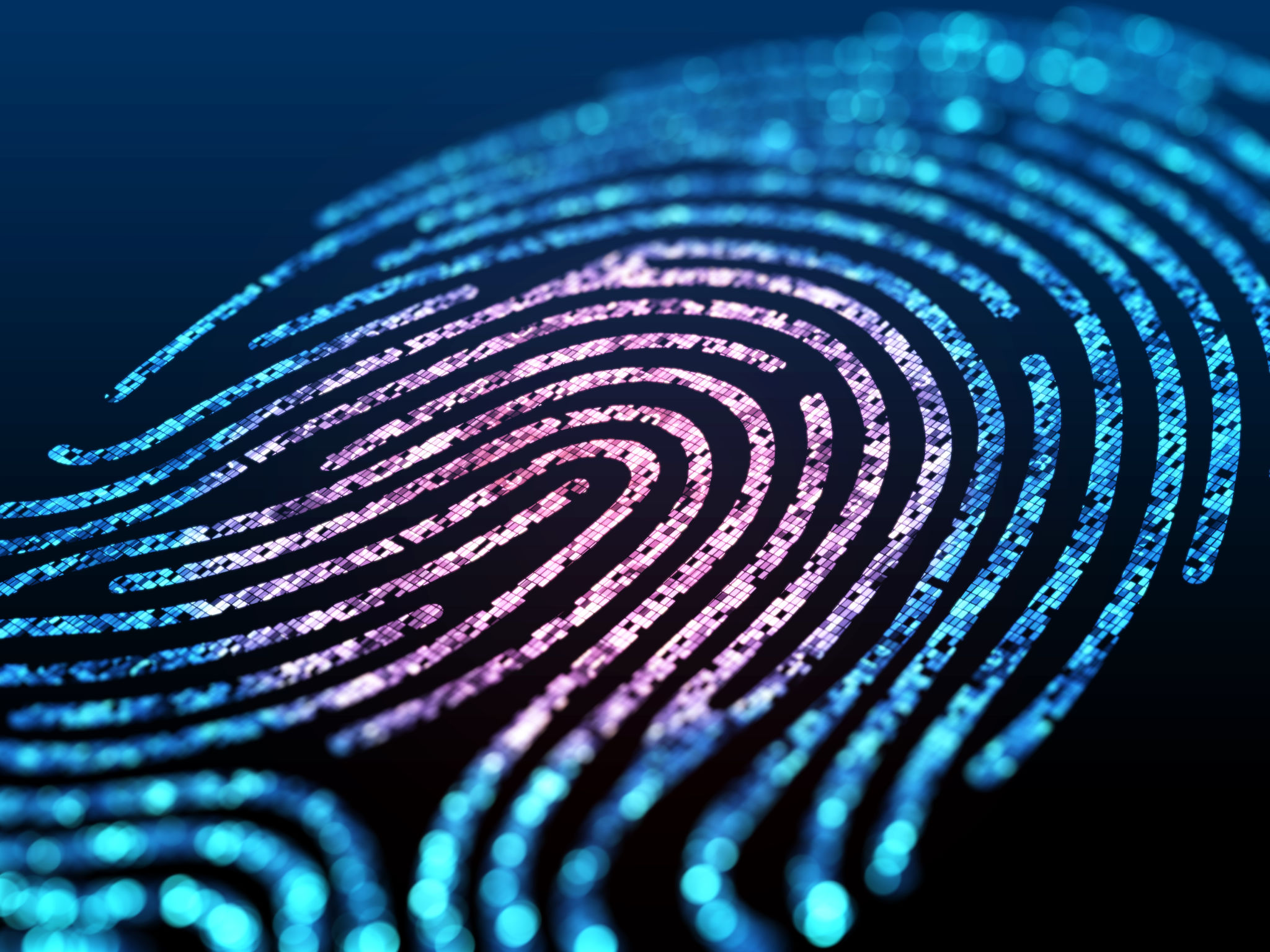The Impact of Technological Advancements on Fingerprinting Services
ML
Introduction to Technological Advancements in Fingerprinting
Fingerprinting services have long been a cornerstone in the realm of identification and security. With the advent of modern technology, this field has experienced significant transformations. From traditional ink and paper methods to advanced digital solutions, the evolution of fingerprinting has made the process more efficient, accurate, and accessible.

The Shift from Analog to Digital
The transition from analog to digital fingerprinting is one of the most notable advancements. Traditional methods required individuals to press their fingers onto ink pads and then onto paper, a process that was not only time-consuming but also prone to errors. Digital fingerprinting, however, uses optical or capacitive sensors to capture detailed images of fingerprints, offering a faster and more precise alternative.
Digital systems have reduced the margin of error significantly. They allow for instant transmission and comparison of fingerprint data across vast databases, improving both the speed and reliability of identification processes.
Enhanced Security and Storage Solutions
With technological advancements, fingerprinting services have also seen improvements in security measures. Modern systems employ encrypted storage solutions, ensuring that sensitive biometric data is securely maintained. This is crucial in an era where data breaches and cyber threats are increasingly common.
Moreover, cloud-based storage solutions have revolutionized how fingerprint data is managed. These systems allow for easy access and sharing of information across different platforms while maintaining high security standards.

Integration with Other Biometric Systems
Another significant impact of technological advancements is the integration of fingerprinting with other biometric systems such as facial recognition, iris scanning, and voice recognition. This multi-modal approach enhances the accuracy and reliability of identification systems, making them more robust and comprehensive.
Organizations can achieve higher levels of security by combining multiple biometric identifiers, reducing the likelihood of identity fraud and improving overall efficiency.
Applications Across Various Industries
The impact of technological advancements in fingerprinting extends beyond law enforcement and security sectors. Various industries, including healthcare, banking, and travel, have embraced these innovations to streamline operations and enhance customer experiences.
- Healthcare: Fingerprinting is used for patient verification and secure access to medical records.
- Banking: Biometric authentication provides enhanced security for financial transactions.
- Travel: Airports use fingerprinting for efficient passenger identification and security checks.

The Future of Fingerprinting Services
The future of fingerprinting services looks promising as technology continues to advance. Emerging trends such as artificial intelligence and machine learning are expected to further enhance fingerprint recognition systems. These technologies can improve pattern recognition and predictive analytics, paving the way for even more sophisticated identification solutions.
As these technologies develop, we can anticipate a more seamless integration of fingerprinting services into everyday life, further bridging the gap between physical identity verification and digital security measures.
Conclusion
The impact of technological advancements on fingerprinting services is profound, leading to more efficient, secure, and versatile systems. As we move forward, these innovations will continue to shape the landscape of identification and security, offering new opportunities and challenges for industries worldwide.
